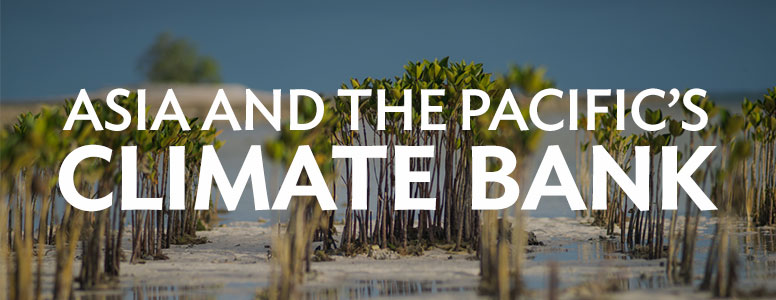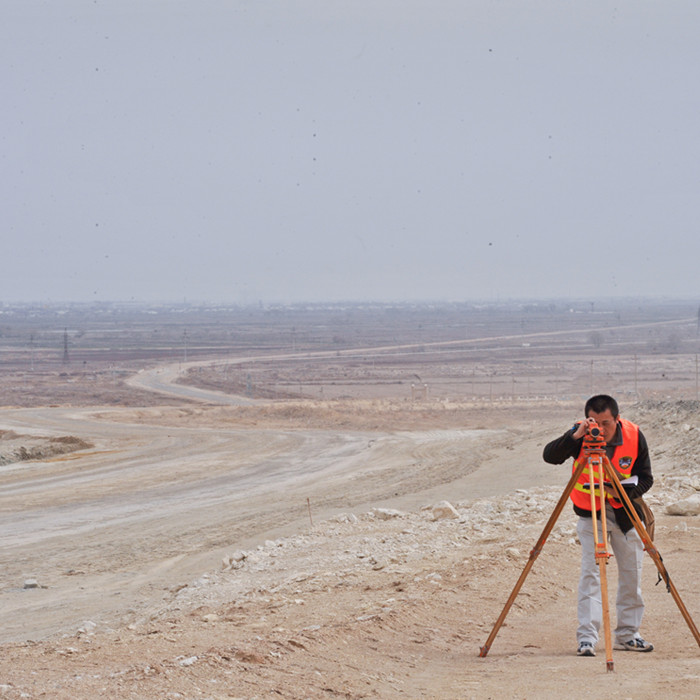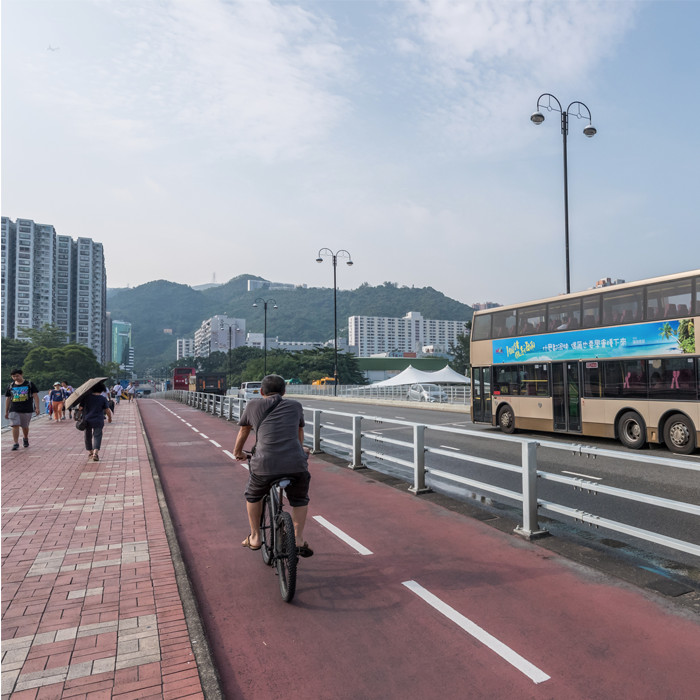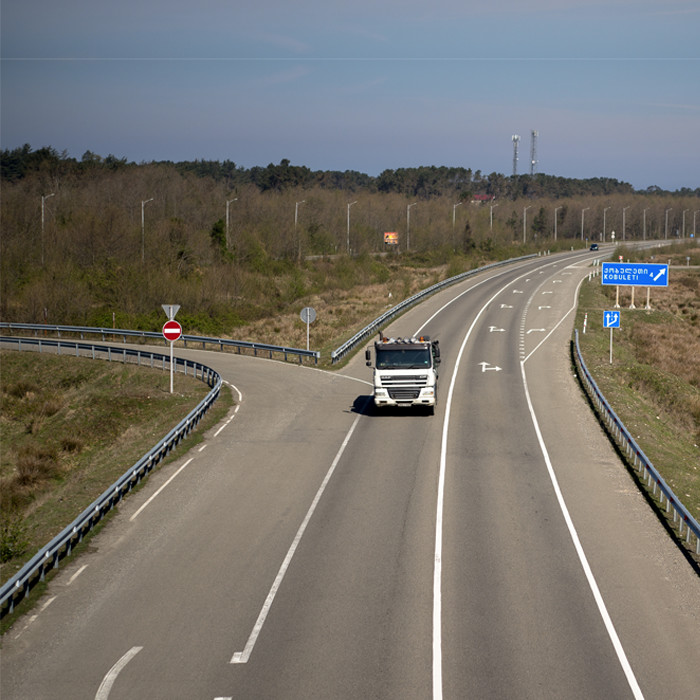Transport
Developing Asia will need to invest $1.7 trillion per year until 2030, if the region is to maintain growth, tackle poverty, and respond effectively to climate change. ADB is working throughout the region to promote safe, accessible, and green transport infrastructure and services.
- Jump to:
- What ADB Is Doing
- What ADB Has Done
- What's New
-
Asia and the Pacific infrastructure needs,
2016-2030Climate adjusted investment in transport accounts for 32% of what the region needs up to 2030.
-
Total transport CO2 emissions,
2018While Asia’s cities generate around 80% of the region’s economic growth, urban vehicle numbers are currently doubling every six years, a major source of greenhouse gases and congestion.
-
Road connectivity index scores,
2019Transport has a critical role to play in regional economic integration.
Transport has a key role to play in each of the seven operational priorities for ADB under its Strategy 2030. ADB aims to provide access and mobility for both people and goods, while promoting efficient and effective transport systems that reduce travel times and costs. The bank aims to minimize the negative social and environmental impacts of transport wherever possible. ADB understands that transport plays a key role in enabling continued economic and social development in the region.
Our Impact
Results delivered in 2022 from ADB projects.
33.9 million
People benefiting from improved services in urban areas, including transport
62
Transport and ICT connectivity assets established or improved
230
Farmers with improved market access
Your Questions Answered
-
How can developing Asia’s transport challenge be summed up in a couple of sentences?
Transport systems across the region need large investment in both new systems and upgrading existing systems to meet the increasing demand for travel and movement of goods. Transport is an enabler of development and plays a pivotal role in inclusive and sustainable development.
-
How is the transition to green transport going? Any success stories that could be readily replicated elsewhere in the region?
The transport sector will decarbonize over time. Asia leads the world in numbers of electric vehicles, dominated by fleets of 2- and 3-wheelers as well as urban buses.
-
What are the three most cost-effective ways of reducing vehicle pollution in urban areas?
Promotion of zero emission transport such as walking and cycling is the most cost-effective solution, followed by promotion of clean public transport systems such as buses and metro rail. Cities across the region should promote non-motorized and public transport systems to improve air quality and reduce CO2 emissions.
What's New
-
| Video
The Road to Climate Resilience in Cambodia
-
| Asian Development Blog
Speeding Toward Safety: How To Lower Road Travel Speed and Save Lives
-
| Video
Sowing the Seeds of Change in the Tonle Sap Basin in Cambodia
-
| Institutional Documents, Policies, Strategies, and Plans
გარემოს და სოციალური მართვის ჩარჩო: ელექტრო მობილობის პროგრამა
-
| Institutional Documents, Policies, Strategies, and Plans
Բնապահպանական և սոցիալական կառավարման շրջանակ. Էլեկտրոնային շարժունակության ծրագիր












